Search Images
Browse Content (p. 1446)

Image
Wall Block Inscribed with the Name of Alexander the Great
Marble wall block from the temple of Athena Polias at Priene, inscribed with the name of Alexander the Great, c. 334-330 BCE. The British Museum, London. Around 340 BCE, the inhabitants of Priene were laying out their new city, terraced...
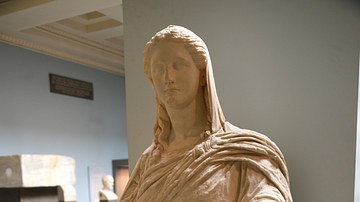
Image
Seated Demeter Statue
This is a marble statue of Demeter seated on a throne. The lower arms are lost, together with the hands, at least one of which probably held a libation bowl or torch. The head was carved separately from the body. The goddess is portrayed...
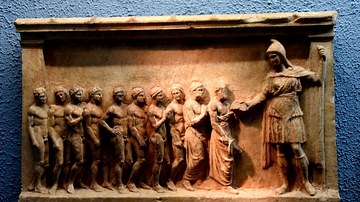
Image
Votive Relief Dedicated to Artemis Bendis
This is a marble votive relief dedicated to the goddess Artemis Bendis. The cult of the Thracian goddess Bendis (similar to the Greek Artemis) was introduced to Athens around 430 BCE along with other foreign cults. Here, the goddess is shown...
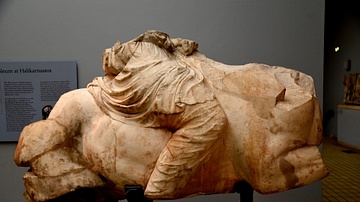
Image
Colossal Statue of a Persian Rider on a Rearing Horse
The rider wears a tunic and trousers in the Persian fashion. He probably formed part of a hunting scene on one of the ledges around the podium. The upper part of the rider (now lost) was carved from a separate piece of marble and attached...
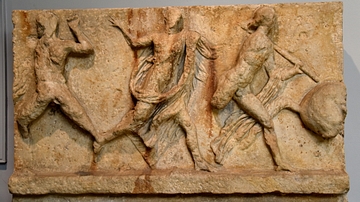
Image
The Centaur Frieze of the Mausoleum at Halicarnassus
This is a marble slab of the so-called Centaur frieze of the Mausoleum at Halicarnassus, also known as the Tomb of Mausolus. The whole frieze depicts a violent conflict between Greeks and Centaurs. Here on this slab, we can recognize 3 figures...
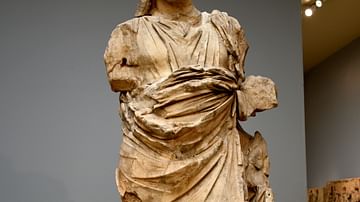
Image
Statue of Mausolus
Marble statue of a man from the Mausoleum at Halicarnassus, also known as the Tomb of Mausolus. Identified as Mausolus, king of Caria. From the main sculptural deposit, north of the north wall of the Peribolus. Classical Greek Period, circa...
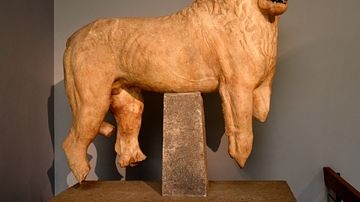
Image
Marble Lion, Mausoleum at Halicarnassus
This is the most complete of the surviving lions from the Mausoleum at Halicarnassus, also known as the Tomb of Mausolus. The lions probably stood at the base of the stepped-pyramid roof, acting as both protective and royal symbols. There...

Image
Statue of Artemisia
Marble statue of a woman from Mausoleum at Halicarnassus, also known as the Tomb of Mausolus. Identified as Artemisia, wife of Maussollos. From Mausoleum, the main sculptural deposit, north of the north wall of the Peribolus. Classical Greek...
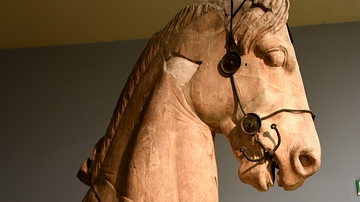
Image
Statue of a Horse from the Mausoleum at Halicarnassus
This is a forepart of a horse from the chariot-group surmounting the Mausoleum at Halicarnassus, also known as the Tomb of Mausolus . From the north side of the peribolus wall of the Mausoleum. Classical Greek Period, circa 350 BCE. The British...
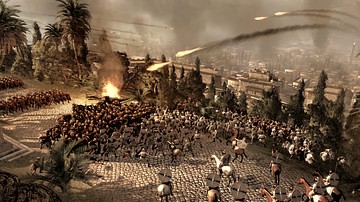
Image
Carthage Under Siege
An artist's impression of what the Roman siege of Carthage may have looked like during the Third Punic War, 149-146 BCE.